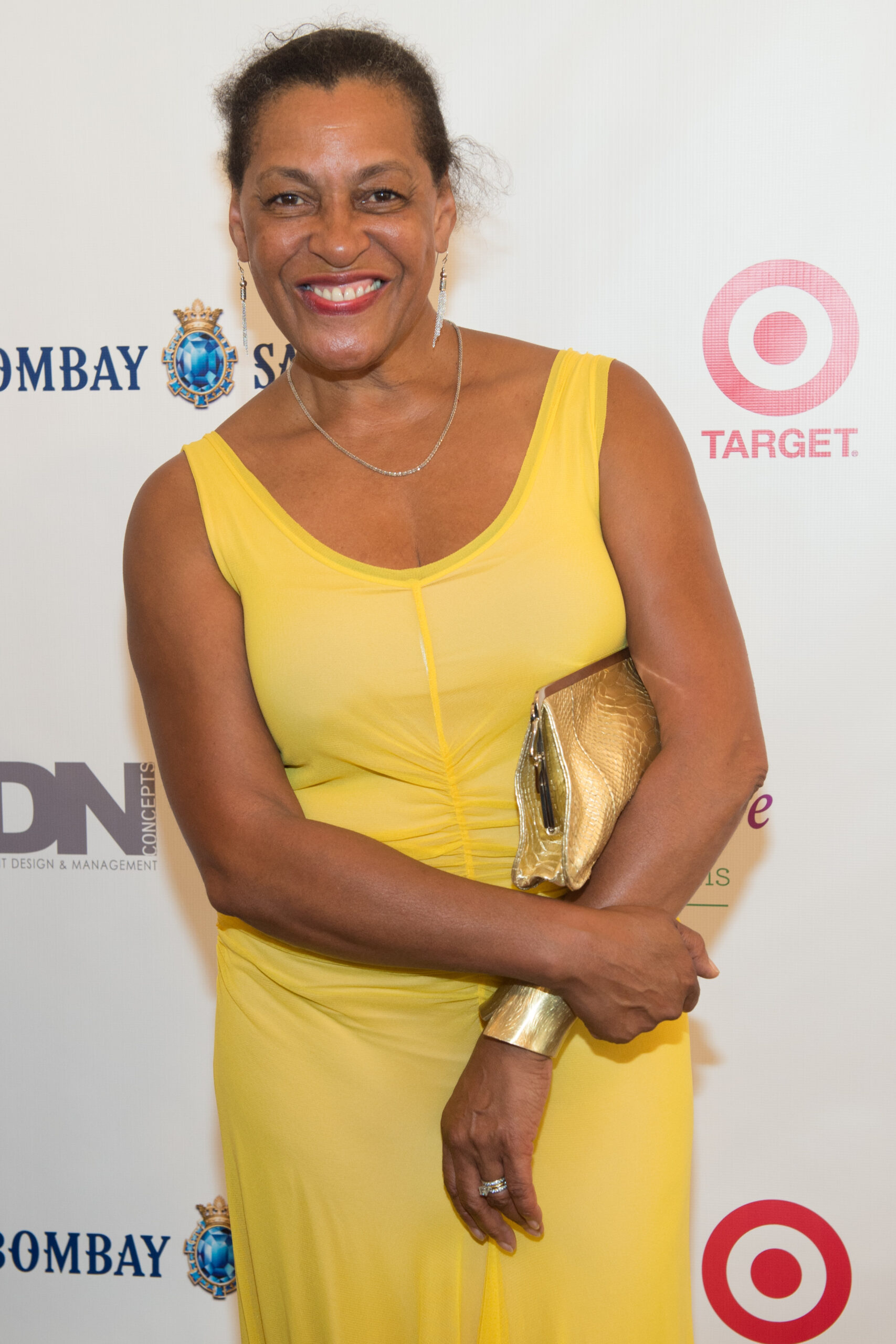Artist Maintains ‘Moral Ground’ In Exhibit Of Appropriated Photos

Carrie Mae Weems’ series “From Here I Saw What Happened And I Cried” layers narrative atop photographs of 19th and 20th Century Africans and African Americans.
Scott Roth / Invision/AP
There is a groundbreaking exhibit on display at the Hammonds House. Carrie Mae Weems’ series “From Here I Saw What Happened And I Cried” layers narrative atop photographs of 19th and 20th Century Africans and African Americans. It’s a work that prompted first lady Michelle Obama to invite the artist to the White House. But when it was first shown in 1996, it prompted controversy.
Weems appropriated photos by several famous photographers, including Robert Frank and Swiss naturalist Louis Agassiz, who traveled the South in 1850, making portraits of the enslaved. These portraits were intended to be used to support his theories of the racial inferiority of Africans.
In “From Here I Saw What Happened…” Weems presents those photos along with a poetic narrative etched into the glass on top of the images.
“I had a lot of really dynamic issues come up around the making of this work!” Weems said. “I had legal battles and conversations with Harvard—some of those images are in their collection. Harvard at one time thought that they were going to sue me. Robert Frank thought that he was going to sue me, Robert Mapplethorpe thought that he was going to sue me.”
“I felt that if I didn’t have the legal right, I had a moral obligation,” she said. “This work was bigger than me and bigger than Harvard. It was simply work that needed to be mined and needed to be brought to the public in a very particular kind of way that hadn’t happened before and hasn’t happened since. I felt that I was standing on moral ground.”
“What I was hoping to do,” Weems said, “was to bring some humanity back to subjects who had been stripped of exactly that.”
Carrie Mae Weems gives a lecture at the Auburn Avenue Research Library on Feb. 4 at 2 p.m. Her exhibit “From Here I Saw What Happened And I Cried” and selected works is on display at the Hammonds House through April 29.





